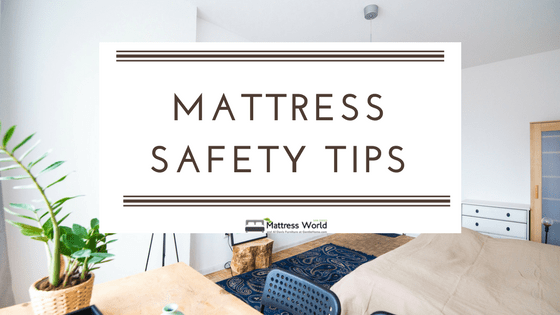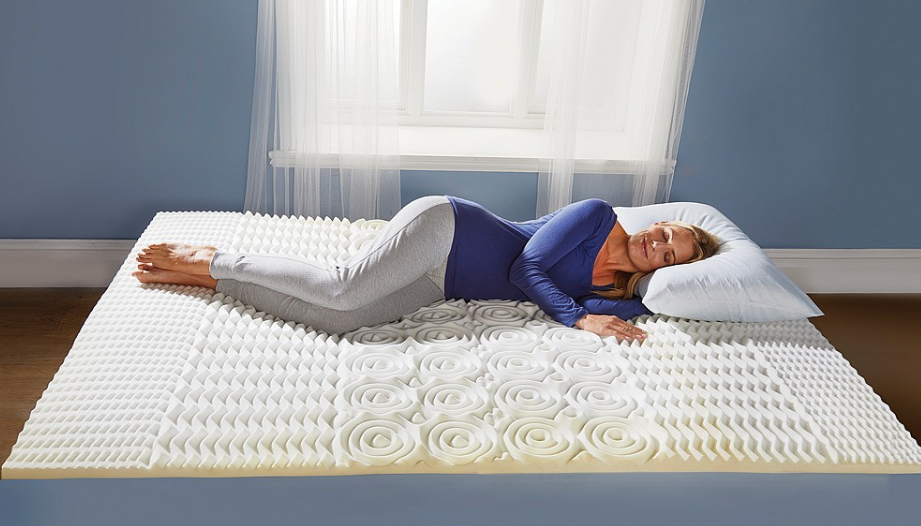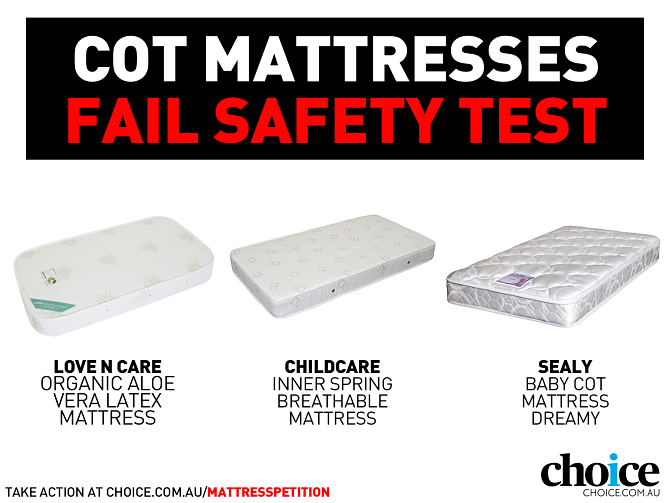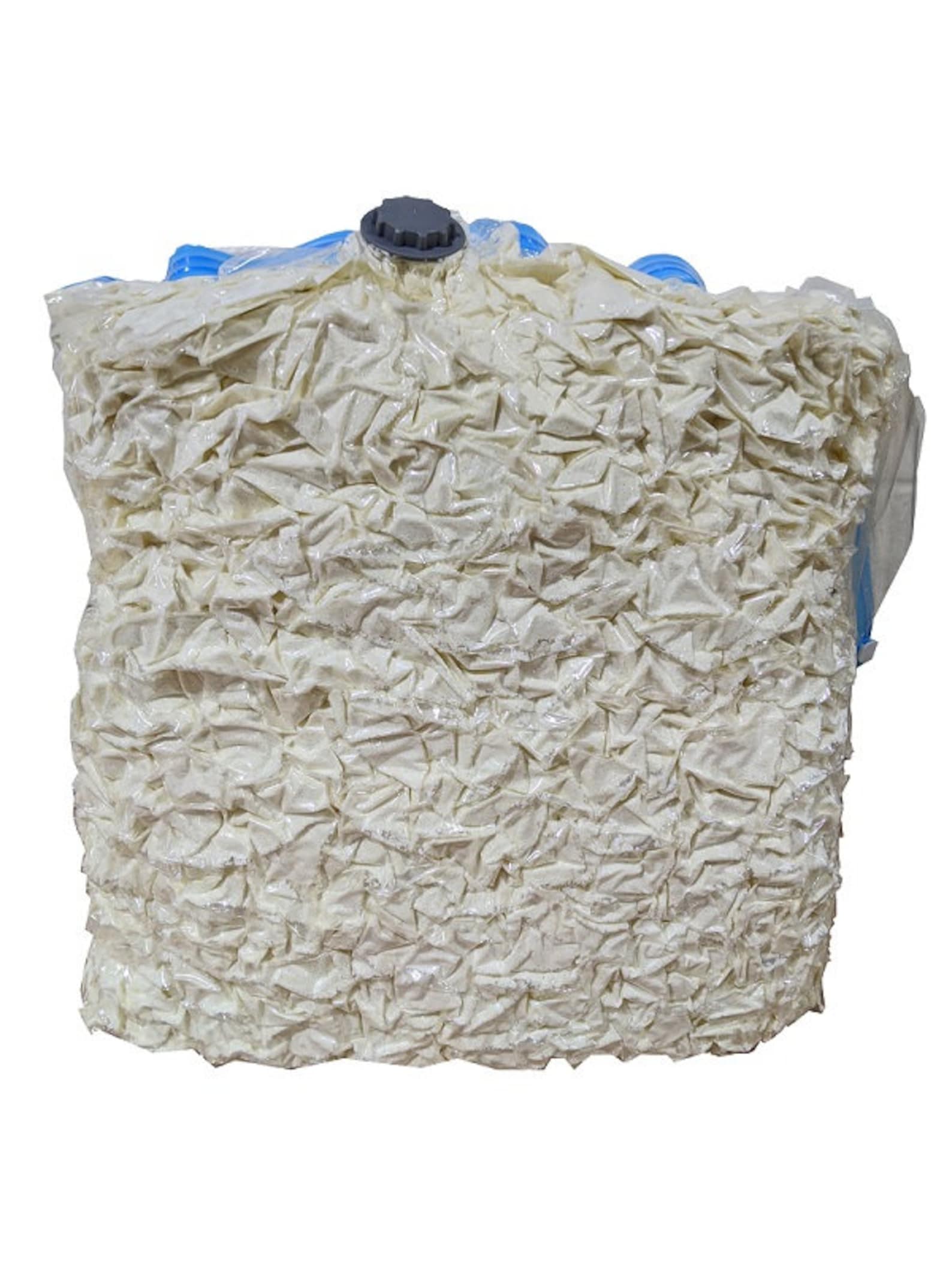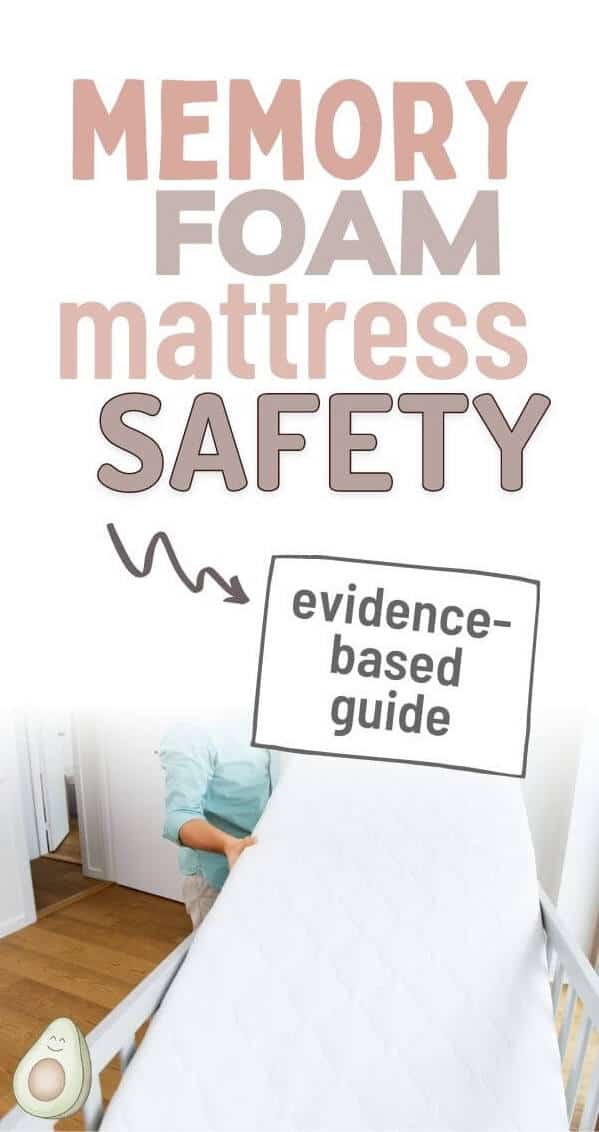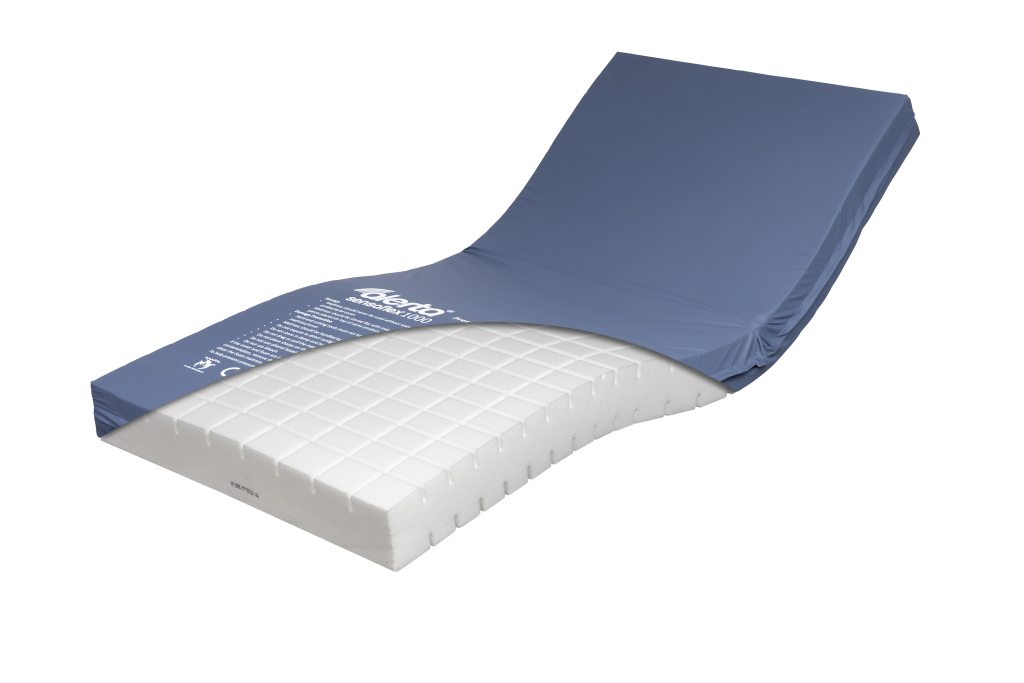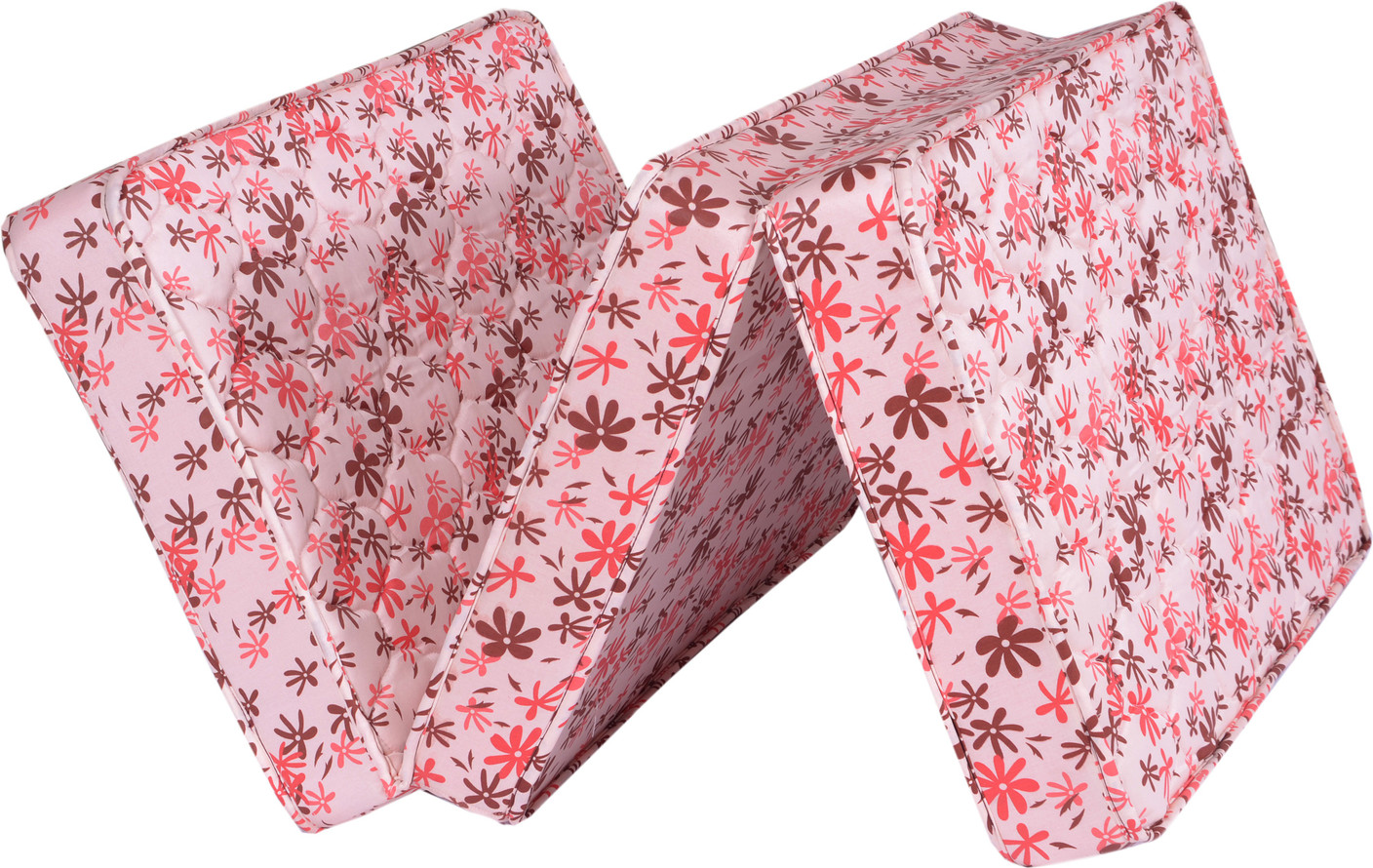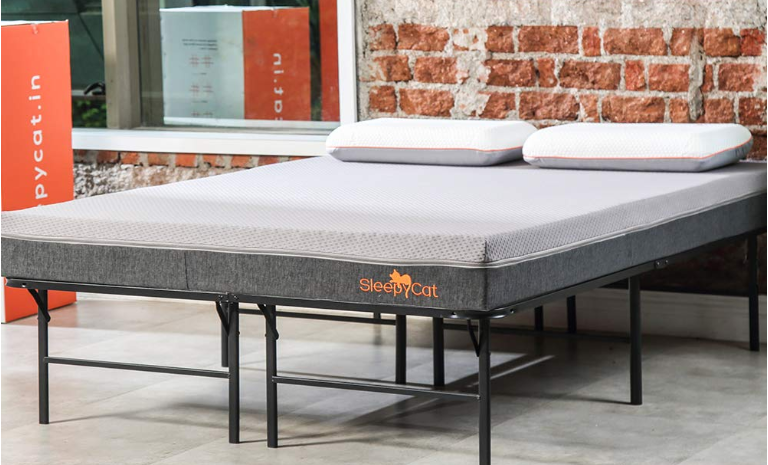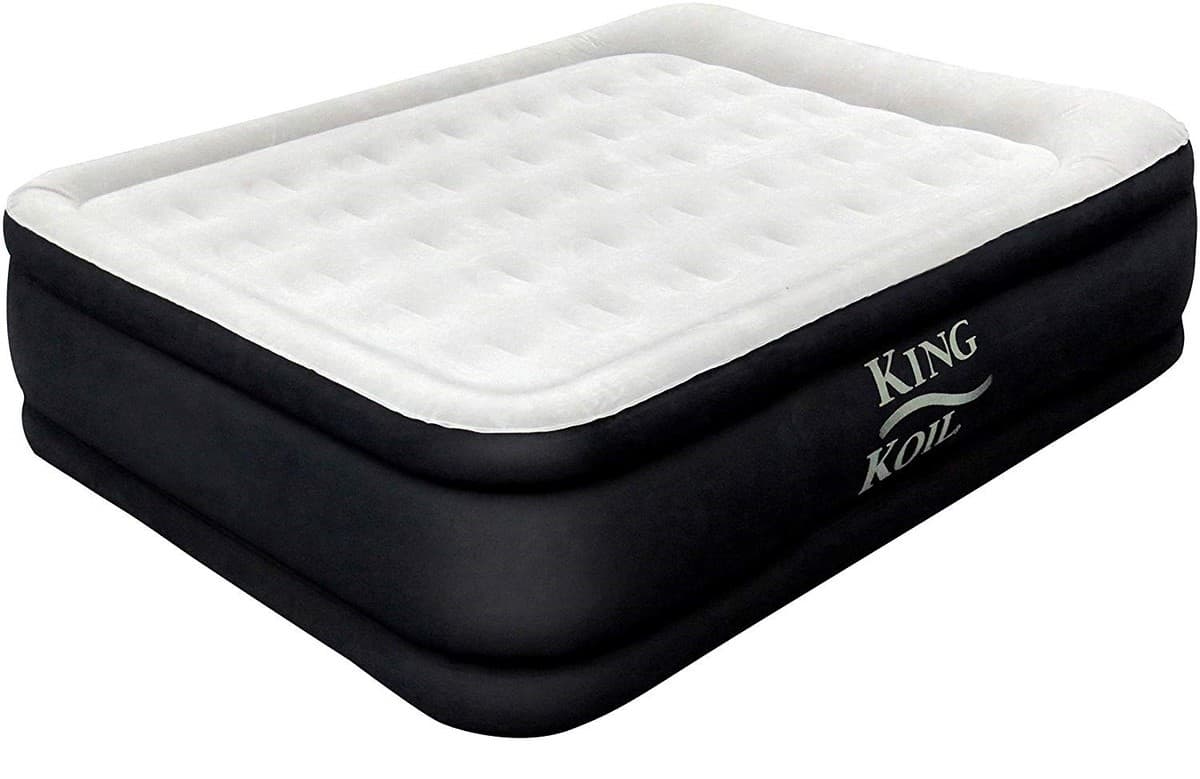When it comes to getting a good night's sleep, the type of mattress you choose can make all the difference. Latex foam mattresses have become increasingly popular in recent years due to their comfort, support, and durability. However, it's important to also consider the safety aspect of these mattresses. In this article, we will discuss the top 10 main latex foam mattress safety concerns and how you can ensure a safe and restful sleep on your latex foam mattress.The Importance of Latex Foam Mattress Safety
Latex foam is made from natural or synthetic rubber and is known for its elasticity and support. However, some latex foam mattresses may also contain chemicals and additives that can be harmful to your health. It's important to research the composition of your latex foam mattress and opt for those made with natural materials, such as organic latex or certified low-VOC foam.1. The Composition of Latex Foam
In order to meet fire safety standards, many mattresses, including latex foam mattresses, are treated with fire retardant chemicals. These chemicals can off-gas and release harmful toxins into the air, which can be especially concerning for those with respiratory issues or allergies. Look for mattresses that use natural fire retardants or are free from chemical flame retardants.2. Fire Retardant Chemicals
Off-gassing refers to the release of chemicals and gases from a product, such as a mattress. This can happen with new latex foam mattresses, as well as those made with synthetic materials. To minimize off-gassing, it's best to let your mattress air out in a well-ventilated room before using it.3. Off-Gassing
While latex foam mattresses are known for being hypoallergenic, some people may still have allergies to latex. If you have a latex allergy, it's important to opt for a latex foam mattress made from synthetic materials or choose a different type of mattress altogether.4. Allergies
Like any other type of mattress, latex foam mattresses are susceptible to mold and mildew growth if they are exposed to moisture. This can be a health concern, especially for those with respiratory issues. To prevent mold and mildew, make sure to keep your mattress clean and dry, and invest in a mattress protector.5. Mold and Mildew
Adhesives are used to bond the different layers of a latex foam mattress together. However, some adhesives may contain toxic chemicals that can be harmful to your health. Look for mattresses that use non-toxic adhesives or are certified to be free from harmful chemicals.6. Toxic Chemicals in Adhesives
Some people may experience skin irritation when in contact with latex foam. This can be due to an undiagnosed latex allergy or a reaction to chemicals used in the manufacturing process. If you experience any skin irritation, it's best to stop using the mattress and consult a doctor.7. Skin Irritation
One common safety concern with latex foam mattresses is their lack of edge support. This can make it difficult to get in and out of bed, especially for those with mobility issues. To ensure a safe and comfortable sleep, look for mattresses with reinforced edges or opt for a mattress topper for added support.8. Edge Support
Over time, all mattresses will start to sag and develop body impressions. However, this can happen more quickly with latex foam mattresses, which may affect their support and comfort. To prevent this, rotate and flip your mattress regularly and invest in a high-quality, durable latex foam mattress.9. Sagging and Body Impressions
The Safety of Latex Foam Mattresses: What You Need to Know

The Rise of Latex Foam Mattresses
 In recent years, latex foam mattresses have become increasingly popular in the bedding market. With their unique blend of comfort and support, it's no wonder that many consumers are turning to this type of mattress for a good night's sleep. However, with the rise in popularity comes a rise in concerns regarding the safety of latex foam mattresses. In this article, we will delve deeper into this topic and address any potential safety hazards that may be associated with these mattresses.
In recent years, latex foam mattresses have become increasingly popular in the bedding market. With their unique blend of comfort and support, it's no wonder that many consumers are turning to this type of mattress for a good night's sleep. However, with the rise in popularity comes a rise in concerns regarding the safety of latex foam mattresses. In this article, we will delve deeper into this topic and address any potential safety hazards that may be associated with these mattresses.
The Composition of Latex Foam Mattresses
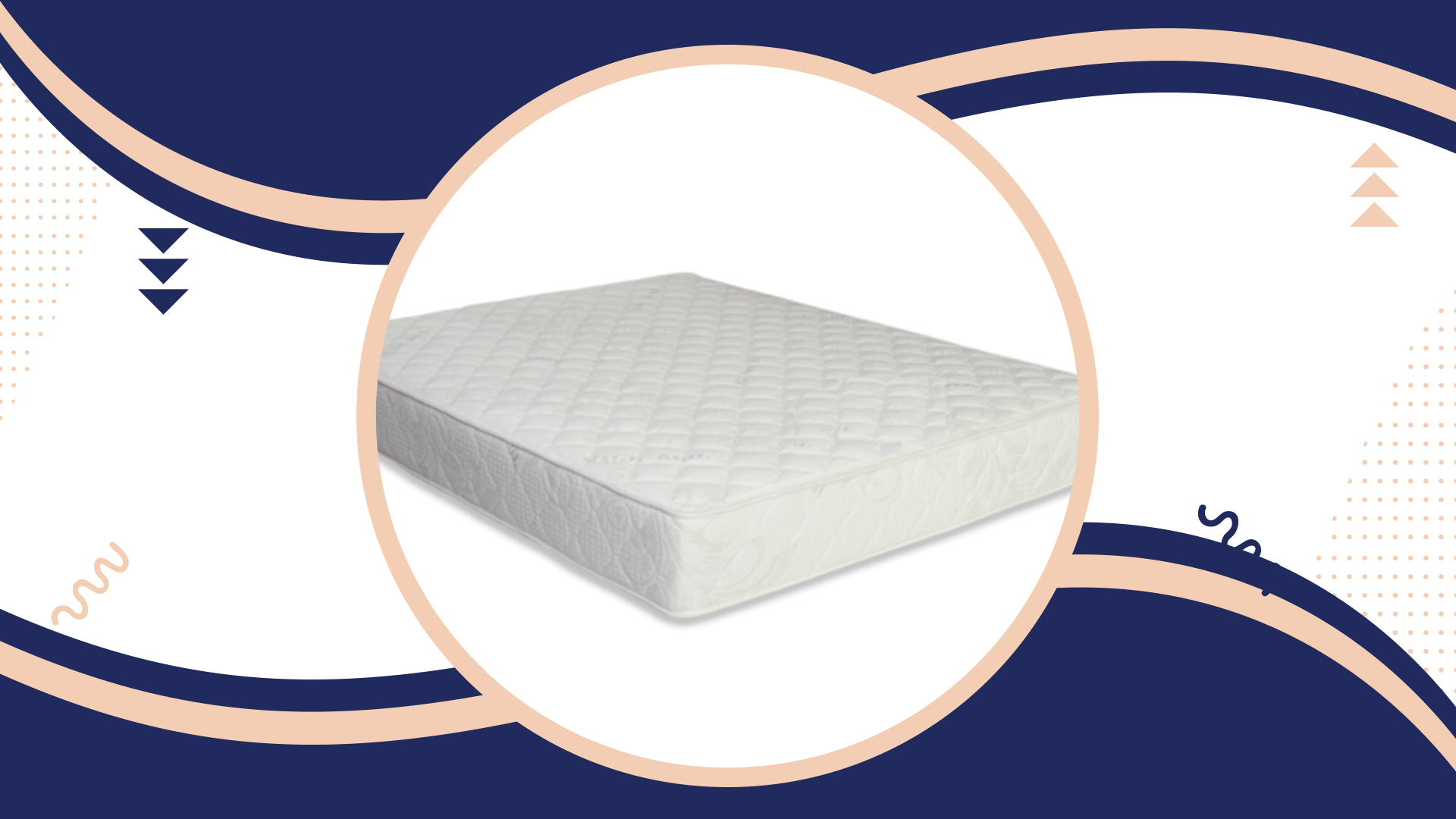 Latex foam mattresses
are made from a blend of natural and synthetic materials, typically a combination of latex rubber and polyurethane foam. The latex rubber comes from the sap of rubber trees and is harvested without harming the trees, making it an eco-friendly option. The polyurethane foam is a synthetic material that provides additional support and comfort. These materials are then molded together to create the layers of the mattress.
Latex foam mattresses
are made from a blend of natural and synthetic materials, typically a combination of latex rubber and polyurethane foam. The latex rubber comes from the sap of rubber trees and is harvested without harming the trees, making it an eco-friendly option. The polyurethane foam is a synthetic material that provides additional support and comfort. These materials are then molded together to create the layers of the mattress.
Fears Surrounding Latex Foam Mattress Safety
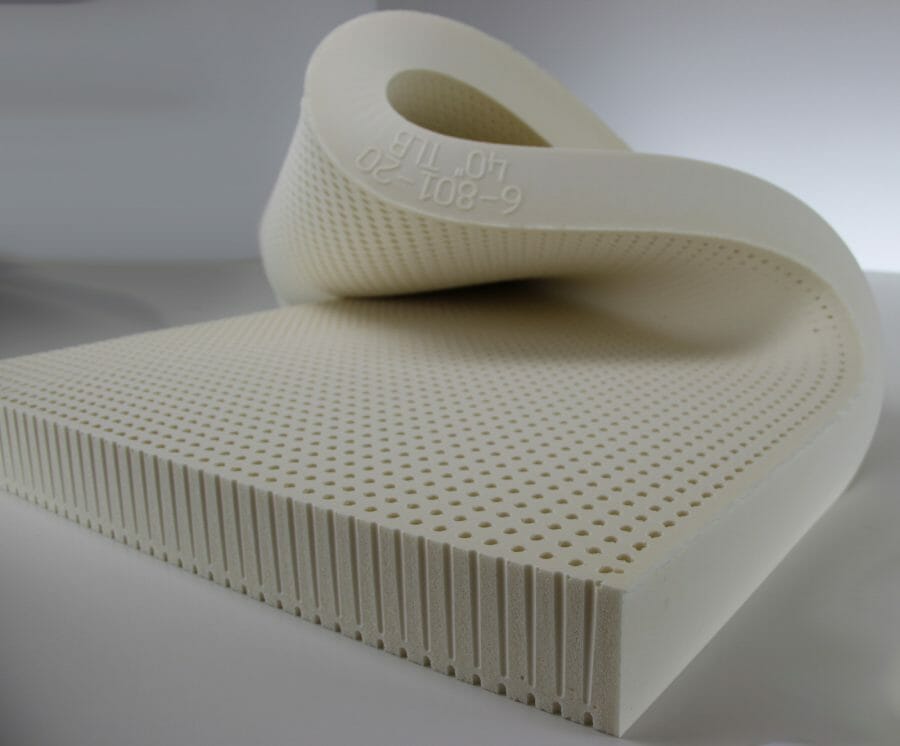 One of the main concerns surrounding latex foam mattresses is the potential for off-gassing. Off-gassing is the release of chemicals from the materials used in the mattress, which can lead to unpleasant odors and potentially harmful effects. However, it's important to note that off-gassing is not exclusive to latex foam mattresses and can occur in any type of mattress that contains synthetic materials.
Another concern is the use of
chemical flame retardants
in latex foam mattresses. While these chemicals are used to meet safety regulations, there are concerns about their potential health risks. However, many latex foam mattress manufacturers have found alternative, safer methods of achieving fire resistance, such as using natural wool or cotton barriers.
One of the main concerns surrounding latex foam mattresses is the potential for off-gassing. Off-gassing is the release of chemicals from the materials used in the mattress, which can lead to unpleasant odors and potentially harmful effects. However, it's important to note that off-gassing is not exclusive to latex foam mattresses and can occur in any type of mattress that contains synthetic materials.
Another concern is the use of
chemical flame retardants
in latex foam mattresses. While these chemicals are used to meet safety regulations, there are concerns about their potential health risks. However, many latex foam mattress manufacturers have found alternative, safer methods of achieving fire resistance, such as using natural wool or cotton barriers.
The Truth About Latex Foam Mattress Safety
 Despite these concerns, latex foam mattresses are generally considered safe for use. The materials used in these mattresses are rigorously tested and certified by regulatory bodies to ensure they meet safety standards. Additionally, many manufacturers use eco-friendly and non-toxic materials in their mattresses, making them a safer and more sustainable option.
It's important to note that
any potential risks associated with latex foam mattresses are minimal and are outweighed by the numerous benefits they offer. These mattresses are known for their durability, breathability, and ability to relieve pressure points, making them a top choice for many consumers.
Despite these concerns, latex foam mattresses are generally considered safe for use. The materials used in these mattresses are rigorously tested and certified by regulatory bodies to ensure they meet safety standards. Additionally, many manufacturers use eco-friendly and non-toxic materials in their mattresses, making them a safer and more sustainable option.
It's important to note that
any potential risks associated with latex foam mattresses are minimal and are outweighed by the numerous benefits they offer. These mattresses are known for their durability, breathability, and ability to relieve pressure points, making them a top choice for many consumers.
In Conclusion
 In conclusion, latex foam mattresses are a safe and comfortable option for your bedding needs. Their unique composition and use of eco-friendly materials make them a popular choice among consumers. However, if you have concerns about potential safety hazards, be sure to do your research and choose a reputable manufacturer who prioritizes the use of non-toxic materials in their products. With proper care and maintenance, a latex foam mattress can provide you with a restful and safe night's sleep for years to come.
In conclusion, latex foam mattresses are a safe and comfortable option for your bedding needs. Their unique composition and use of eco-friendly materials make them a popular choice among consumers. However, if you have concerns about potential safety hazards, be sure to do your research and choose a reputable manufacturer who prioritizes the use of non-toxic materials in their products. With proper care and maintenance, a latex foam mattress can provide you with a restful and safe night's sleep for years to come.
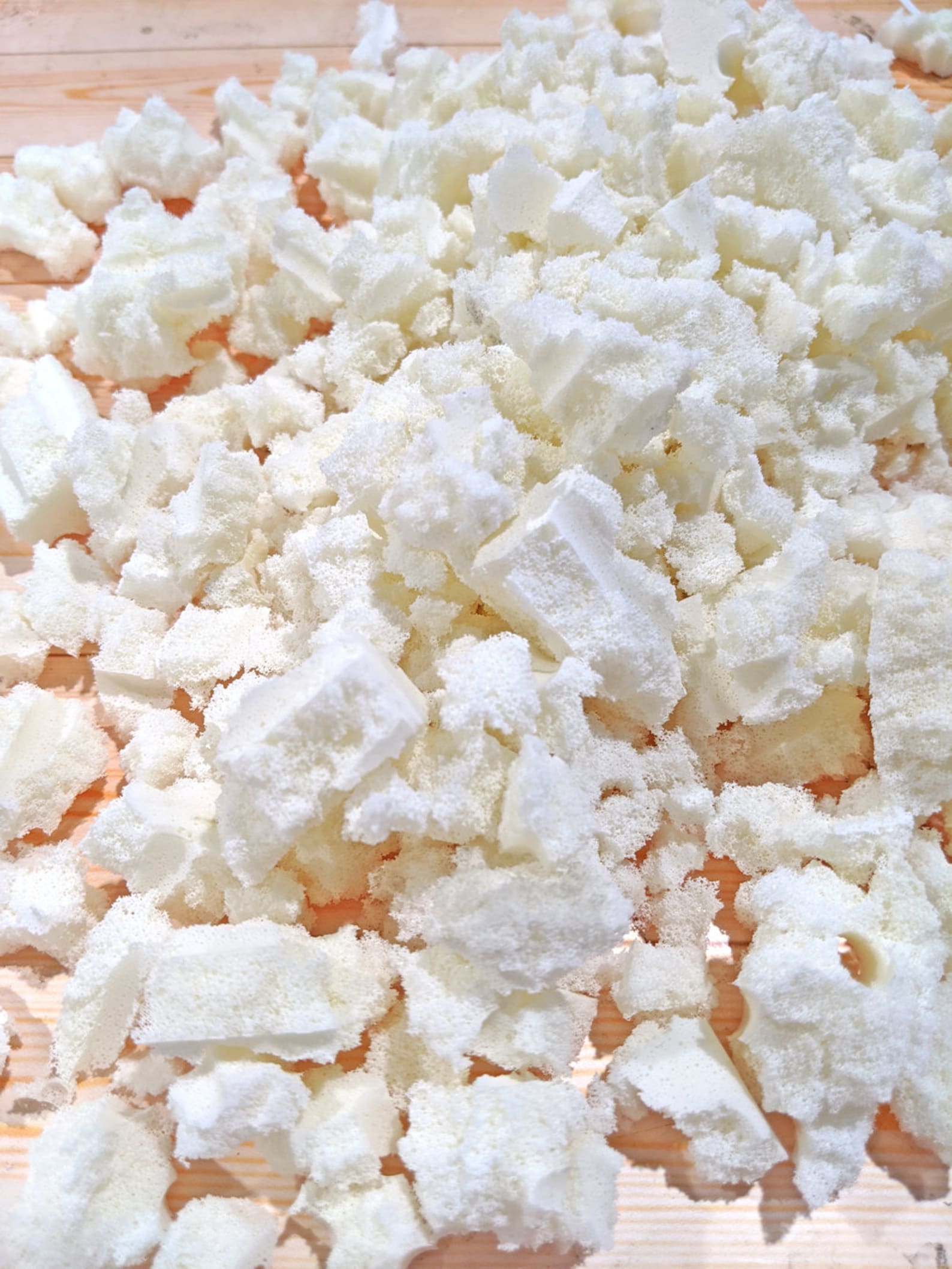



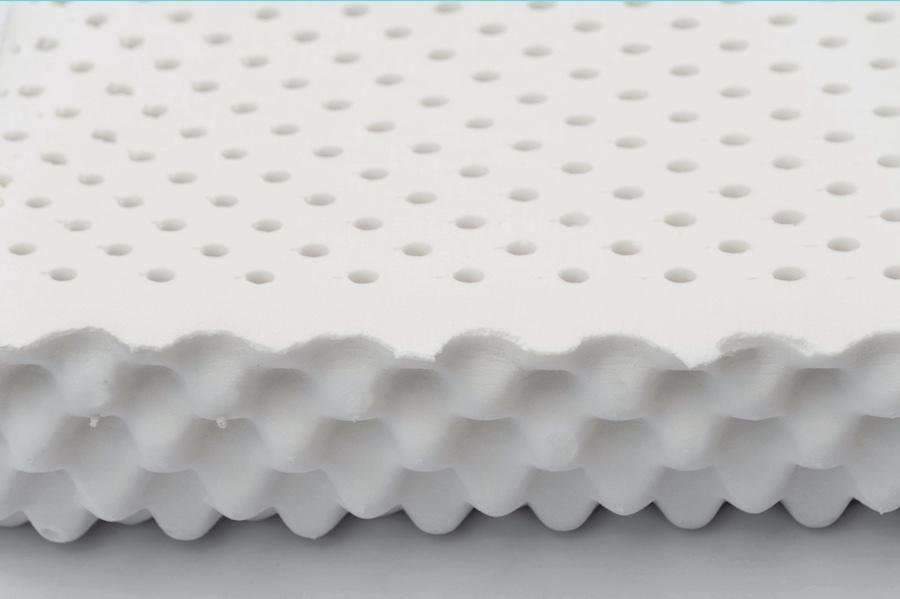

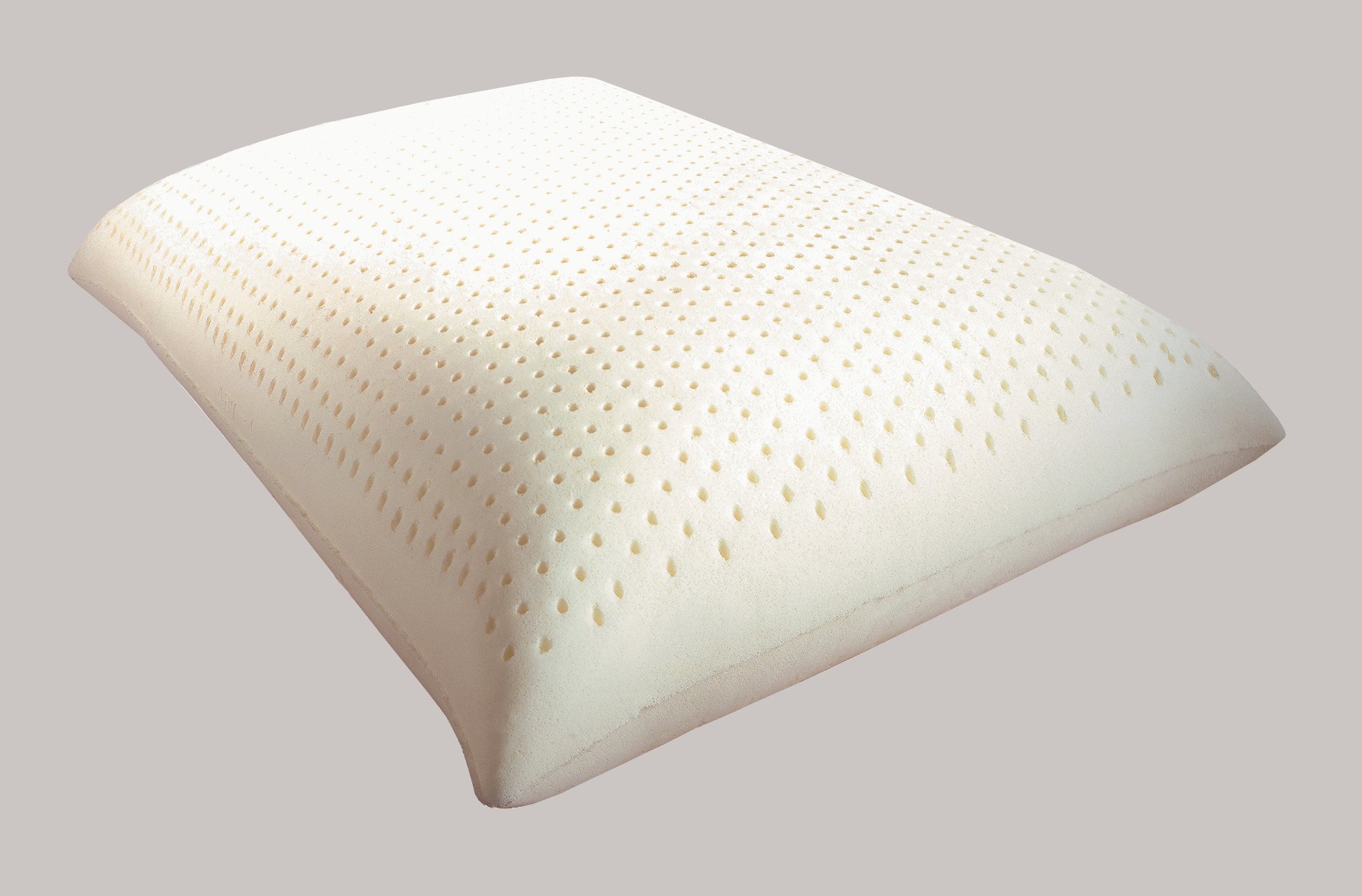

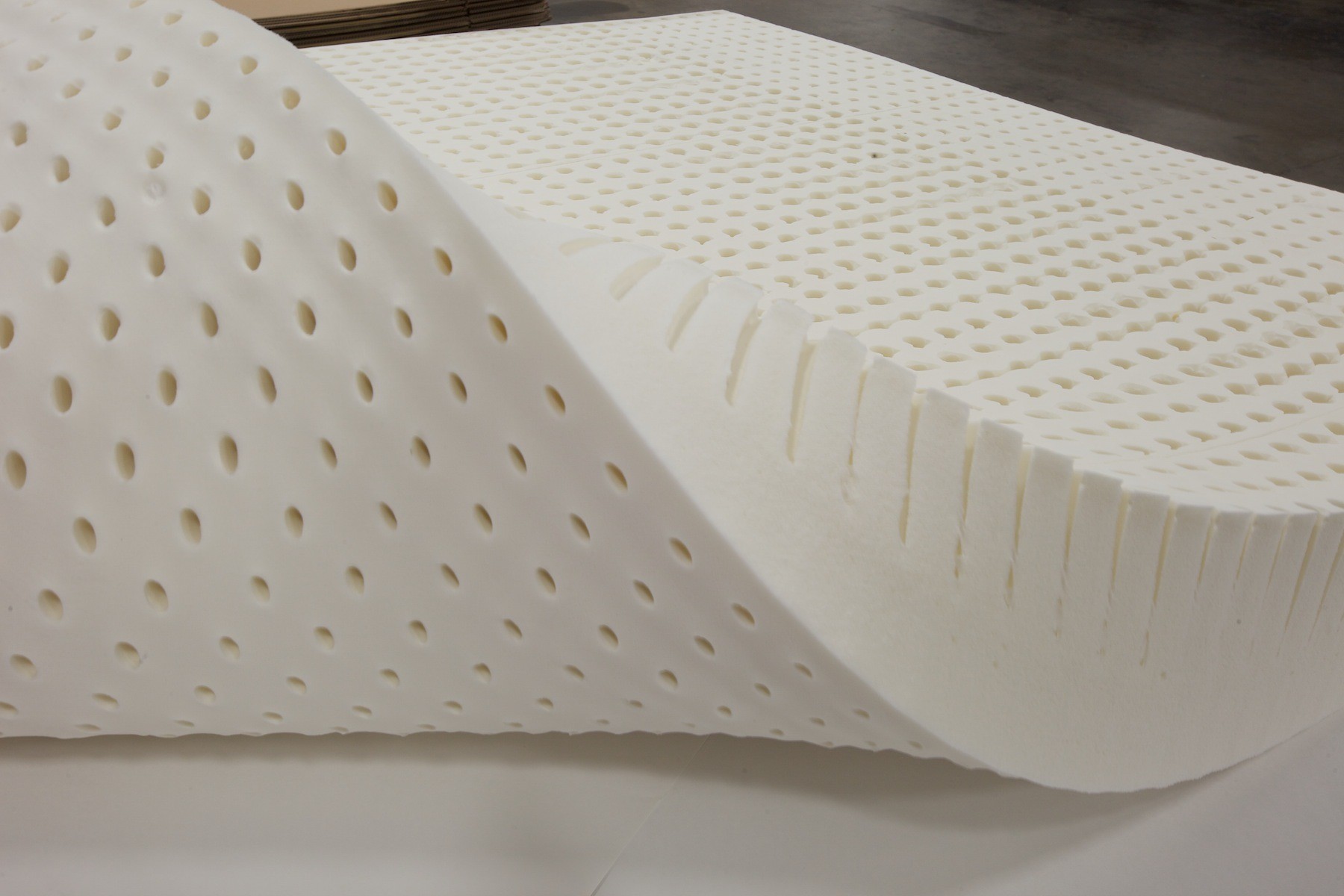
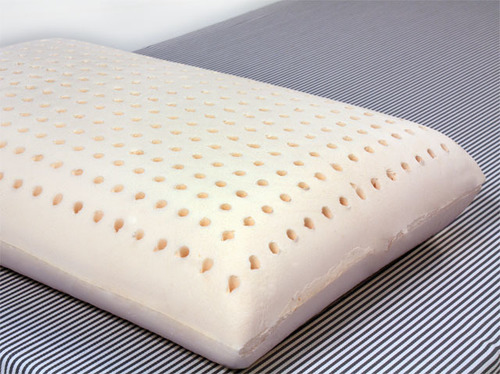











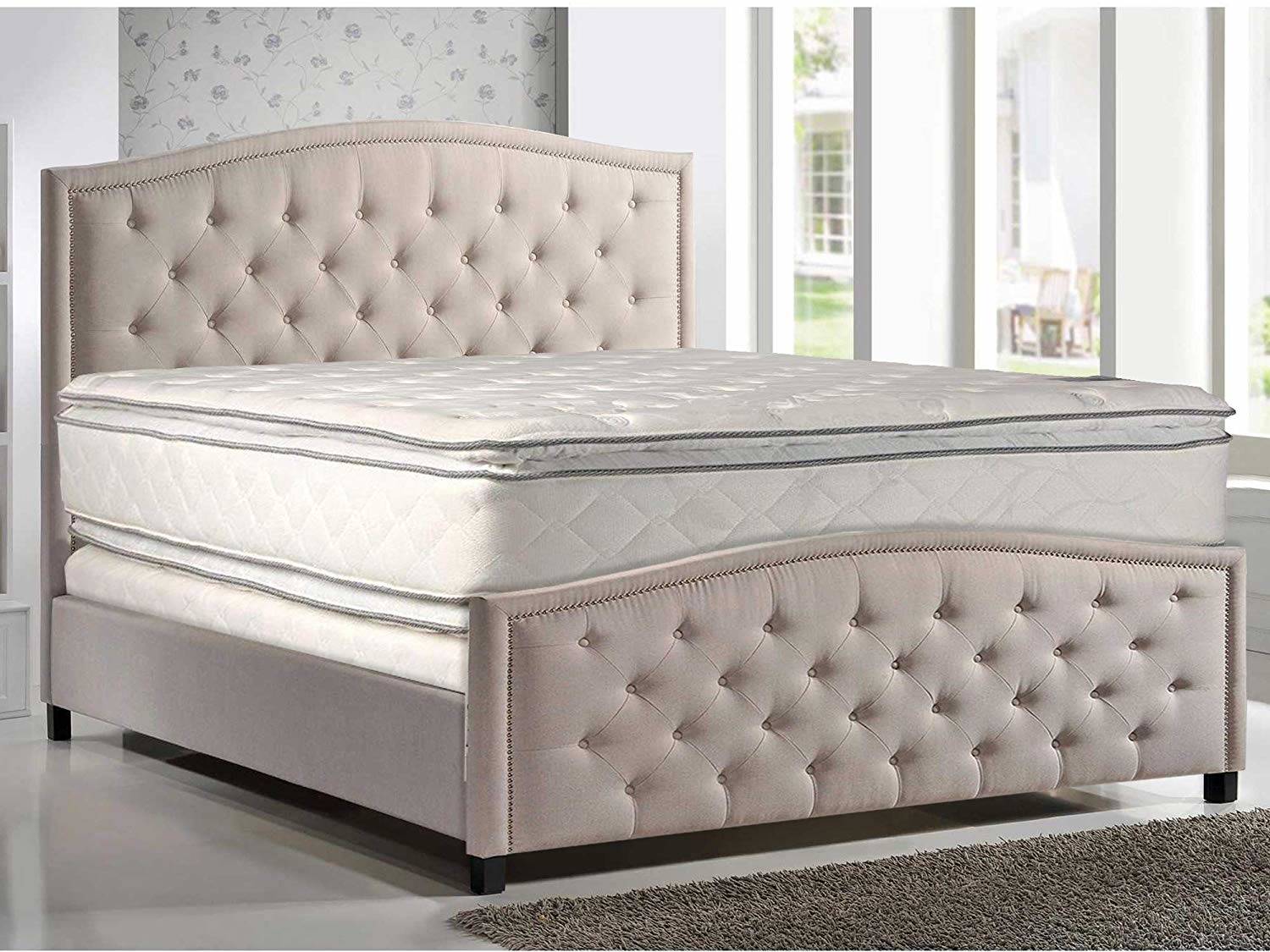


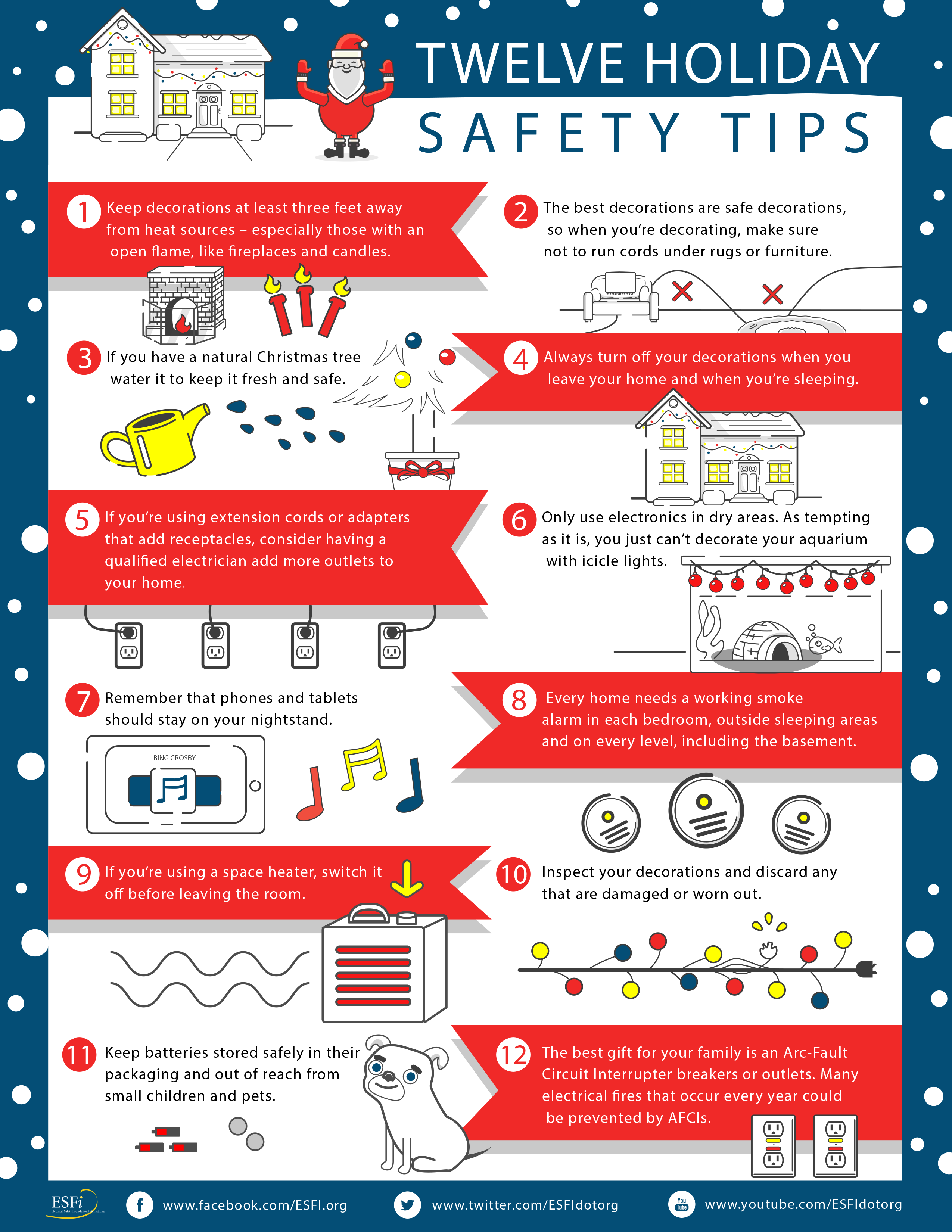

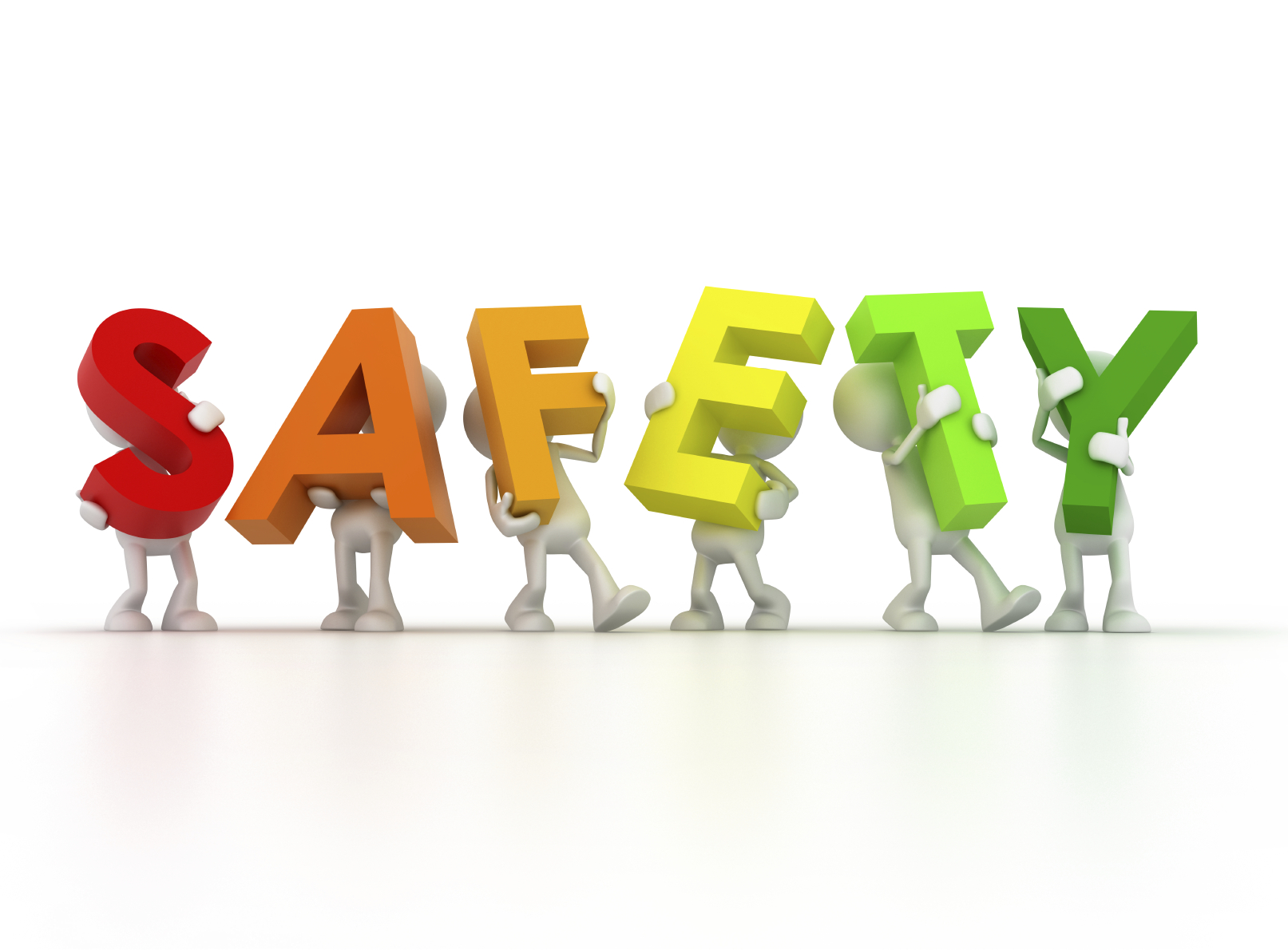


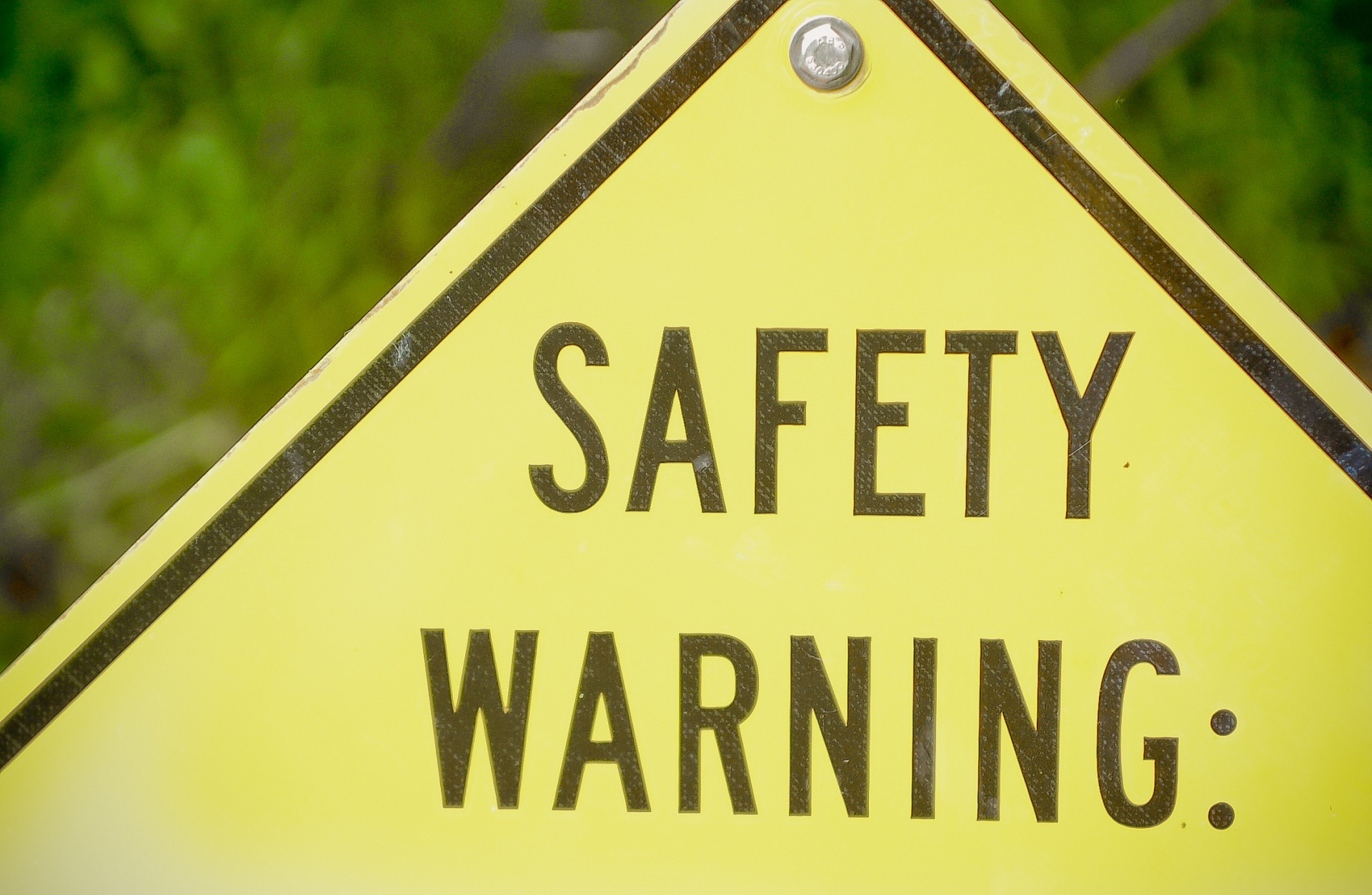

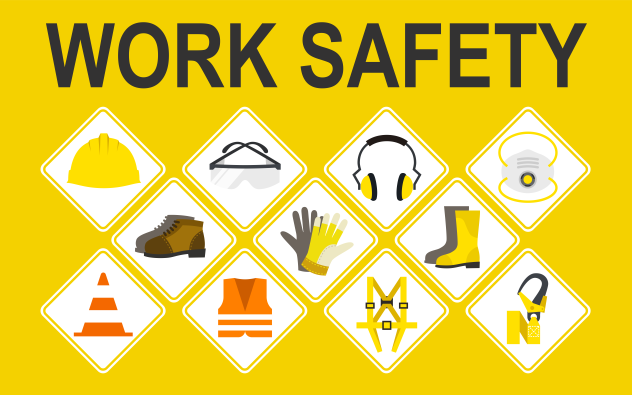
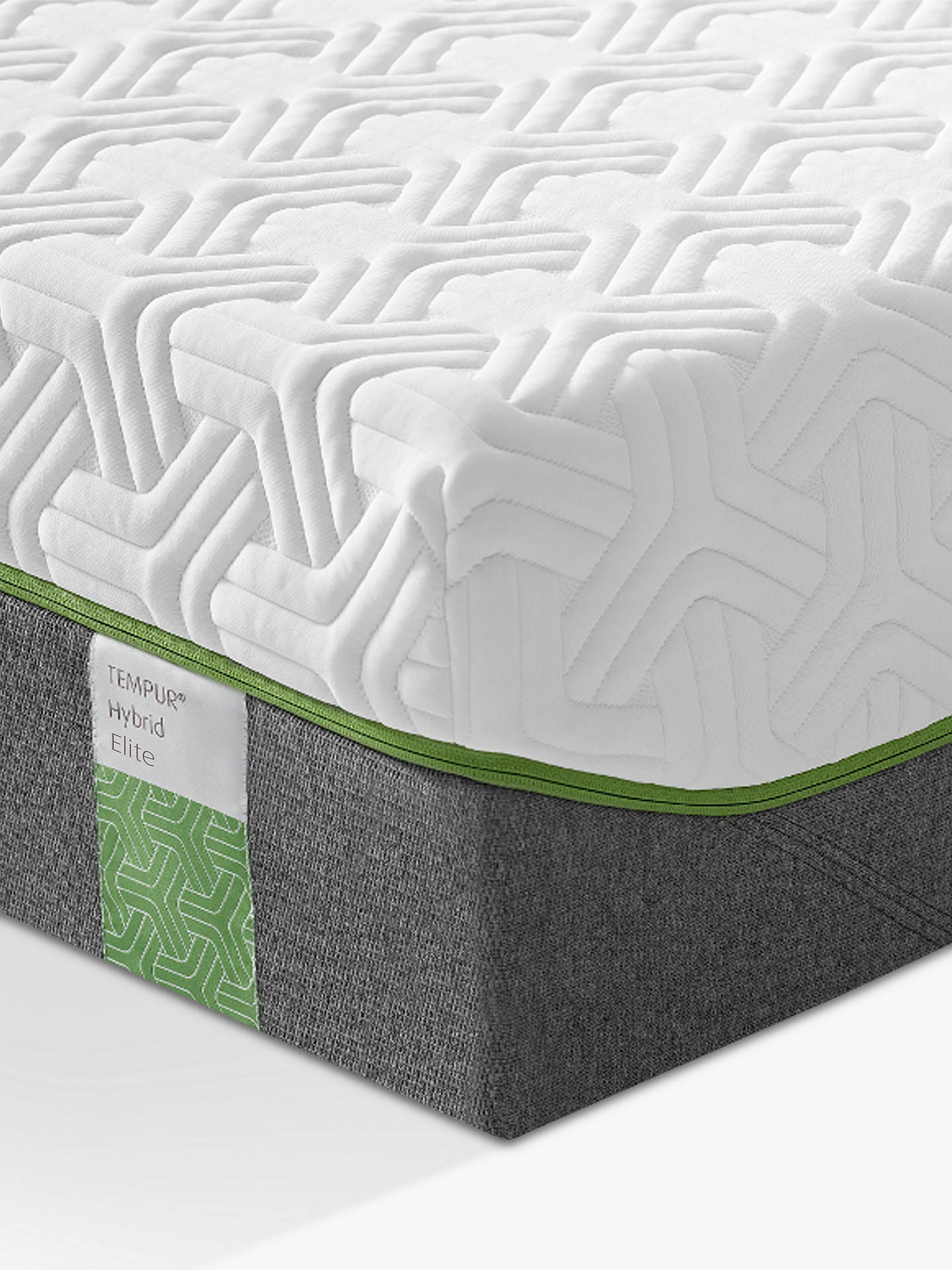
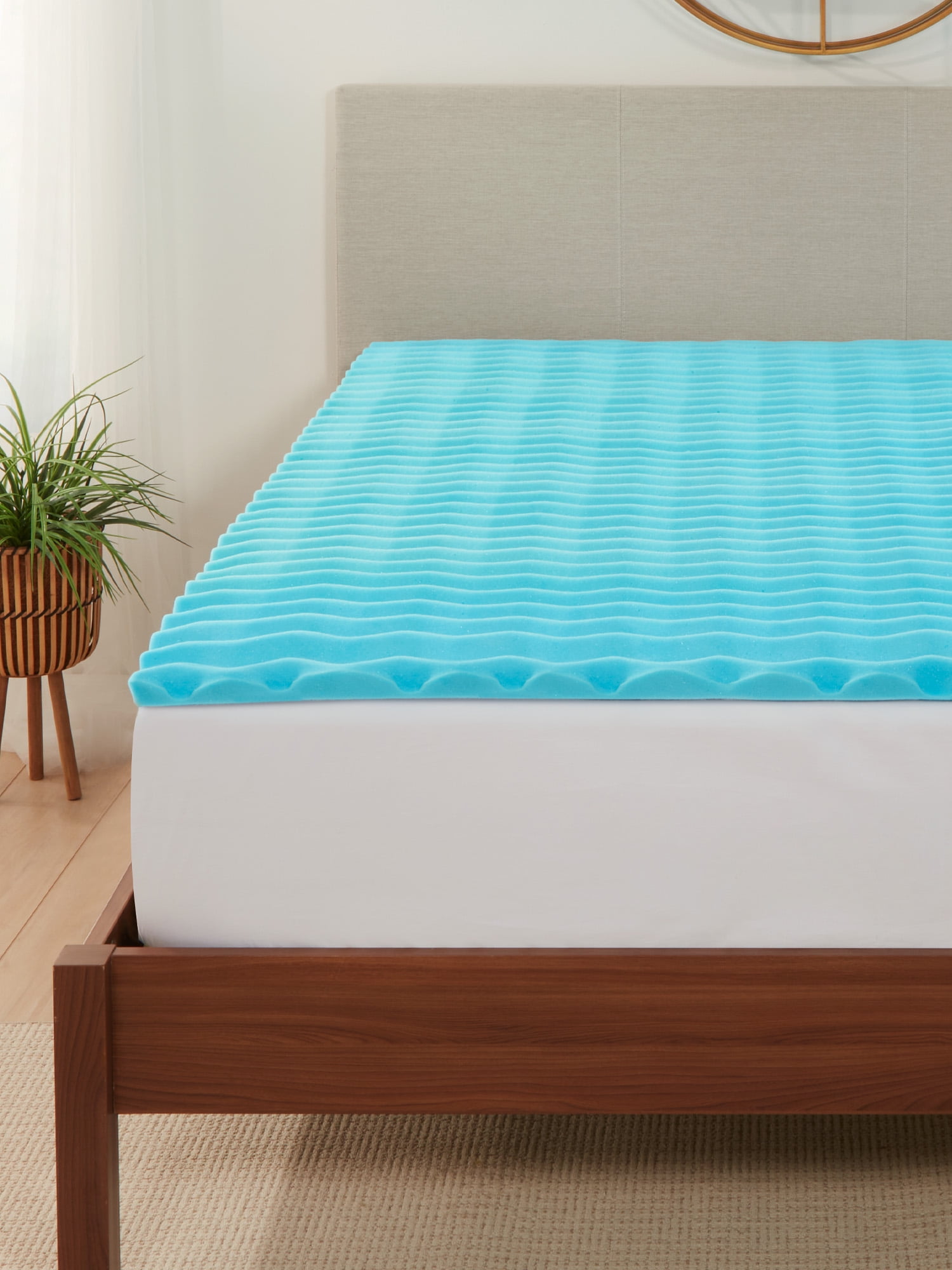





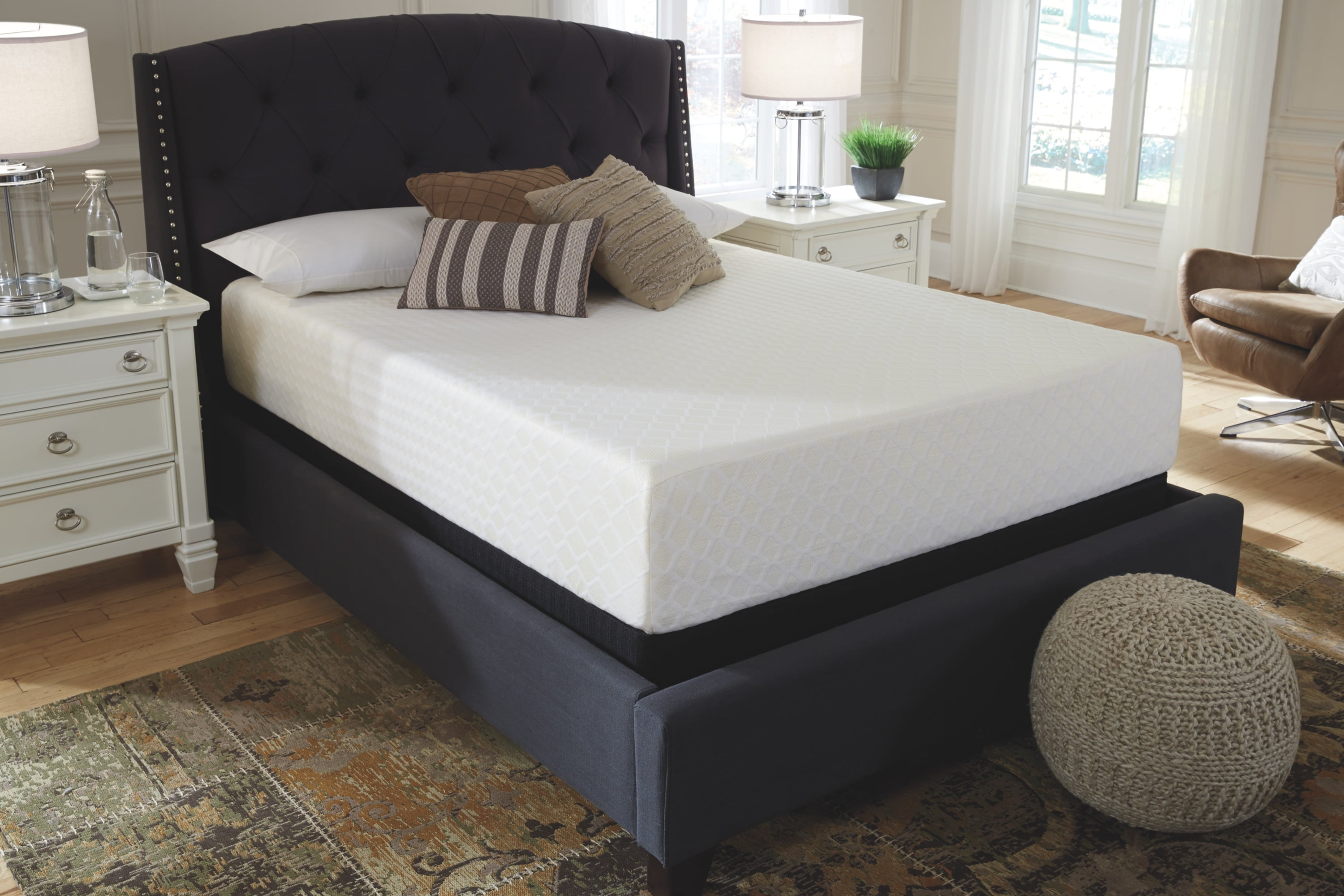

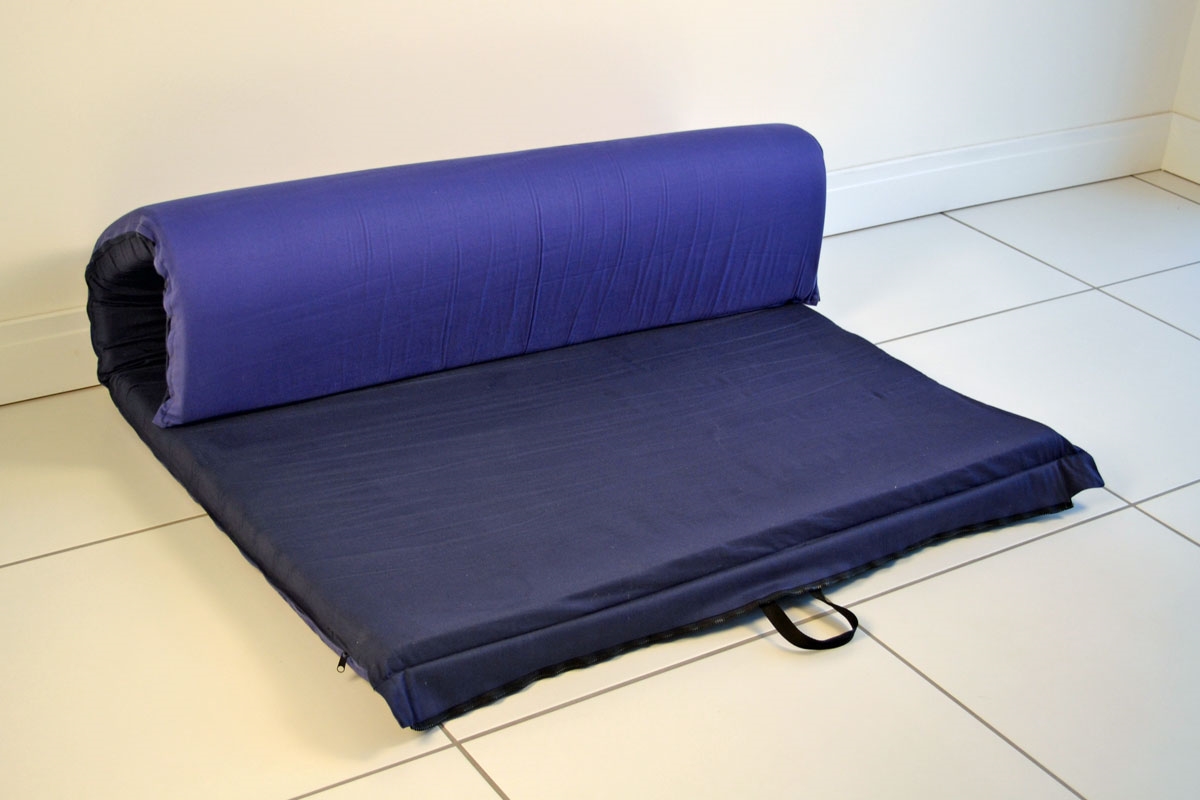
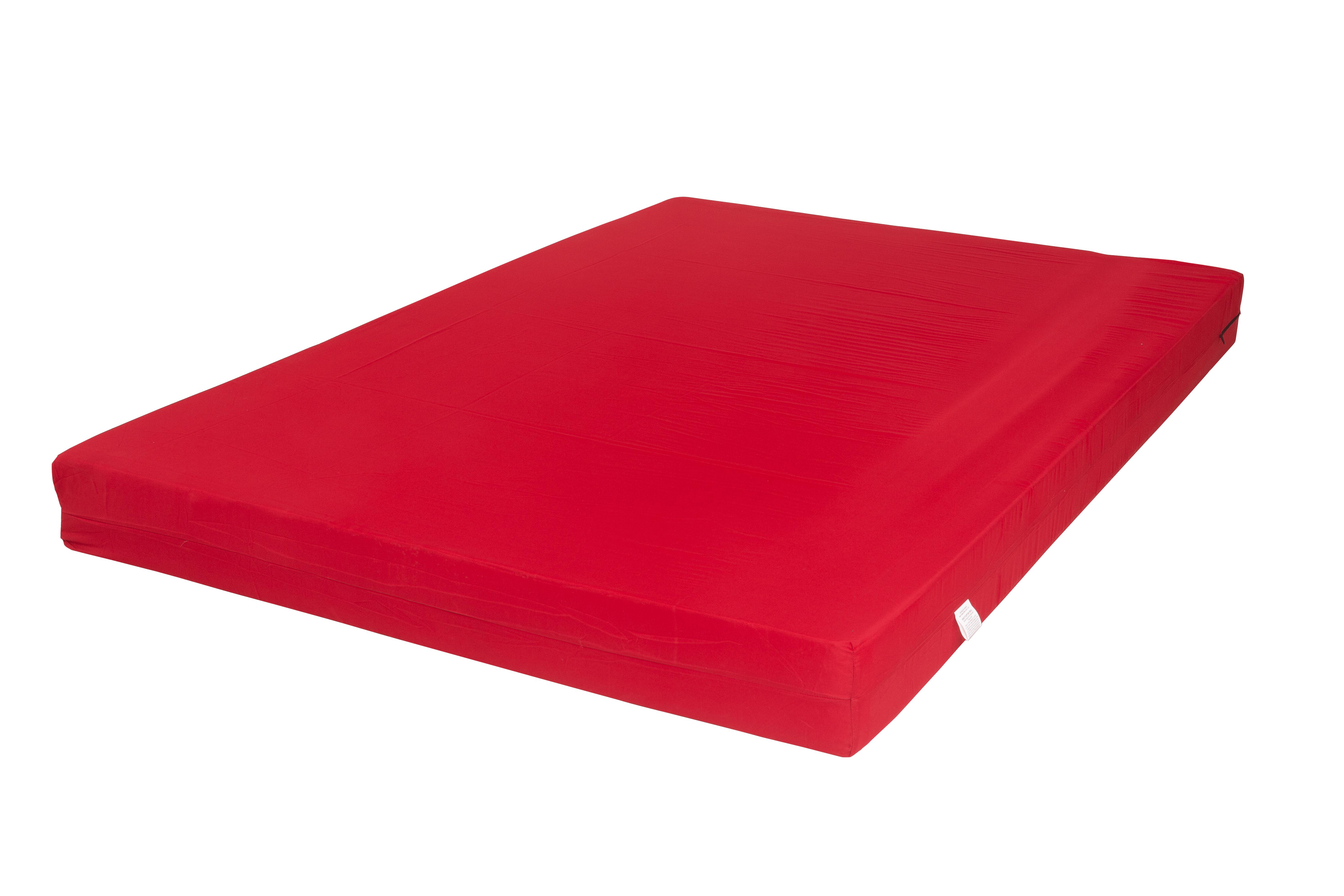

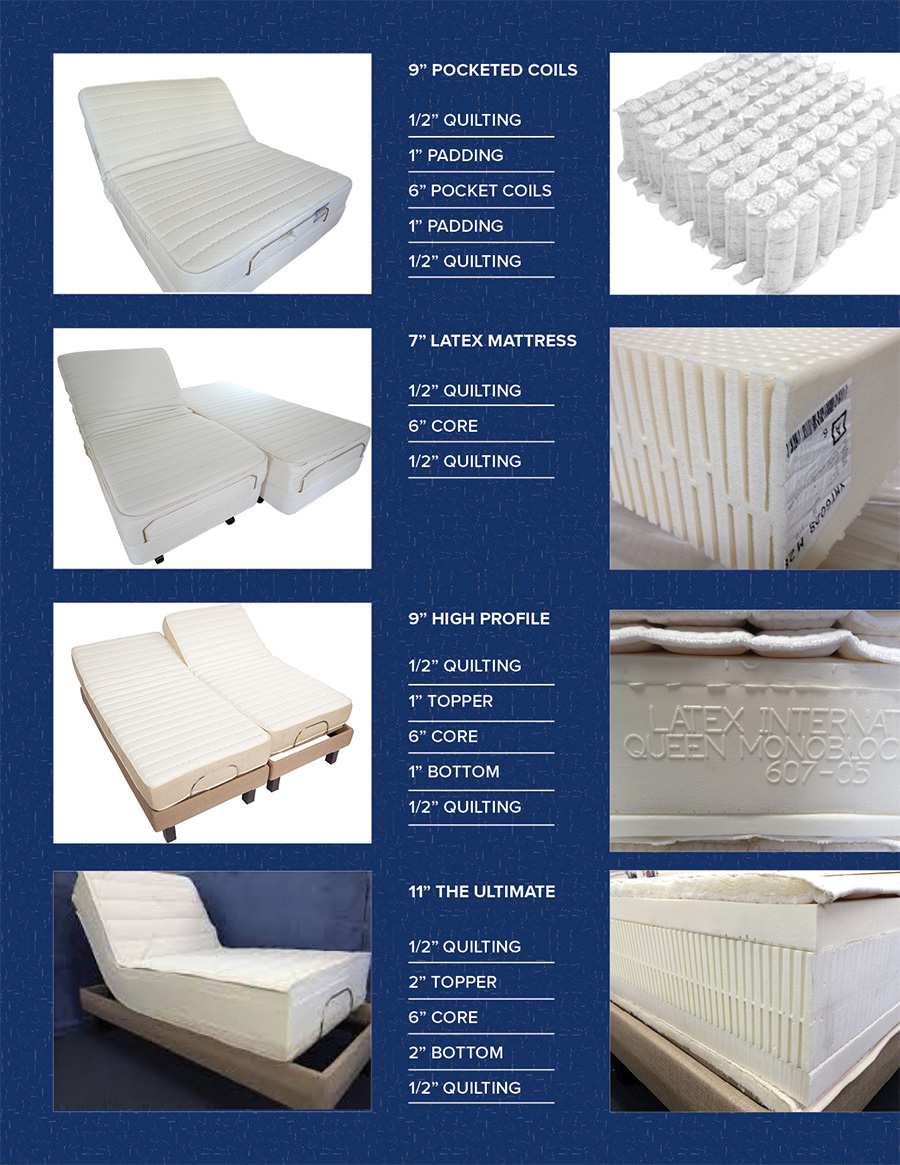


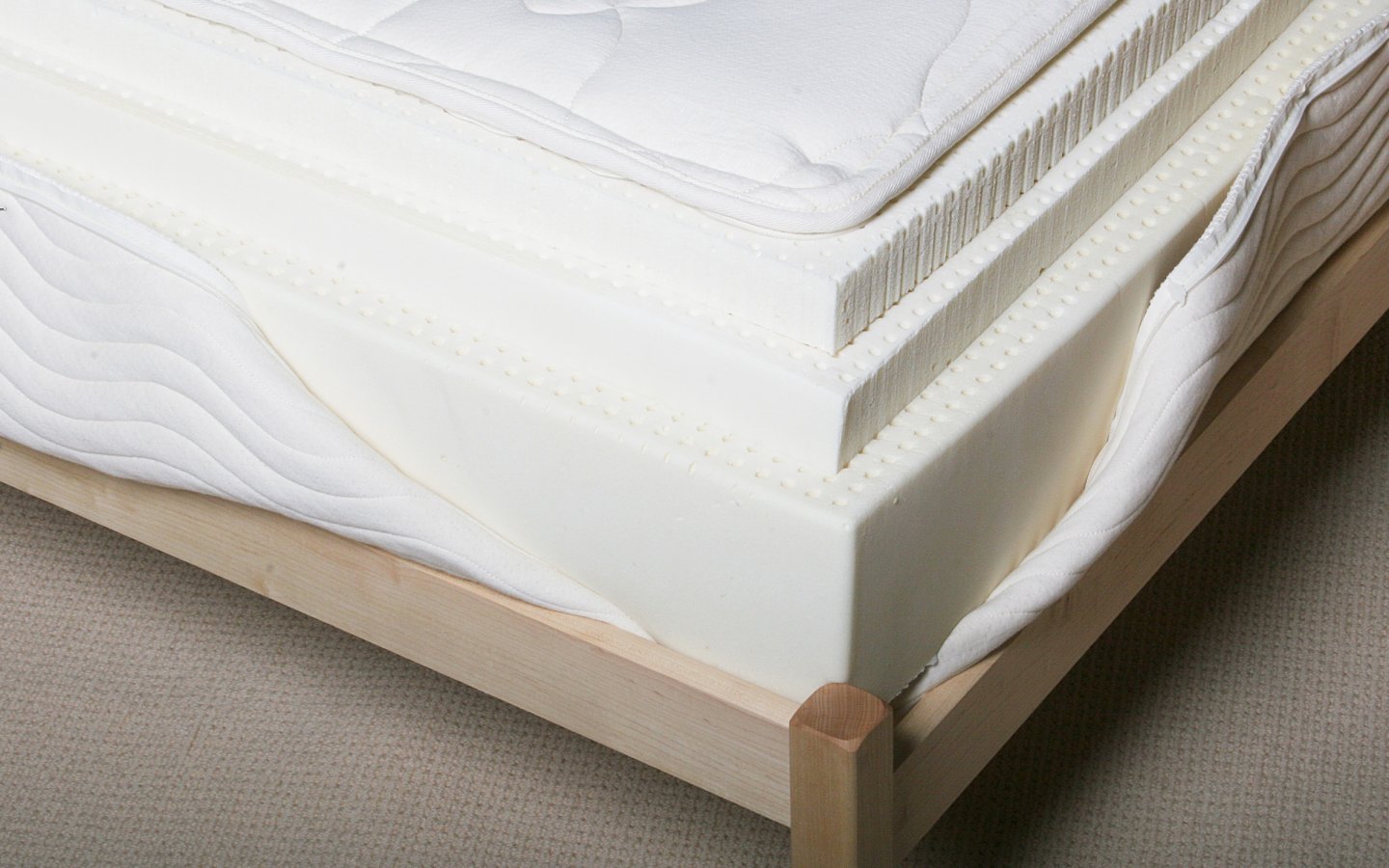
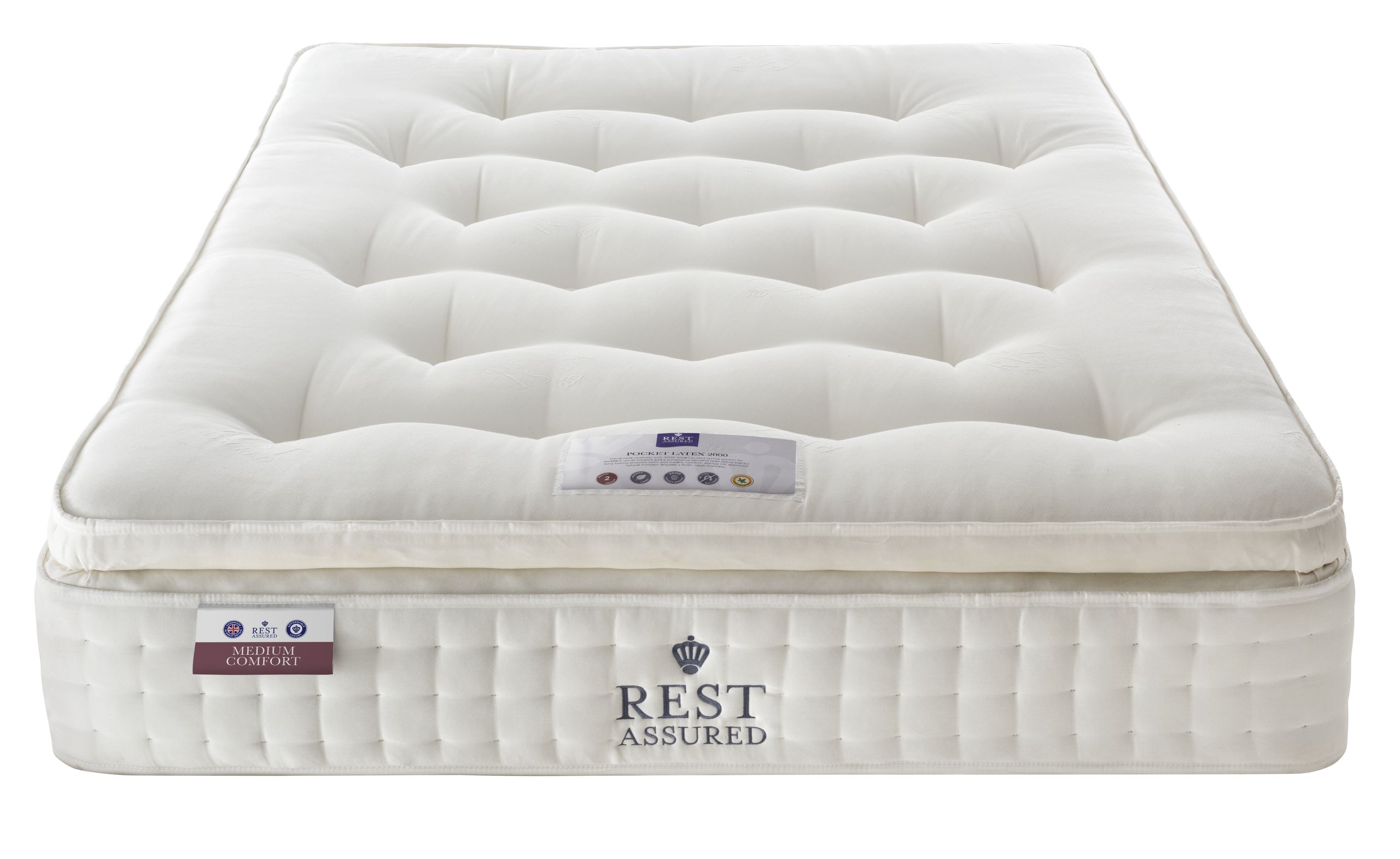

:max_bytes(150000):strip_icc()/SleeponLatex-b287d38f89374e4685ab0522b2fe1929.jpeg)





